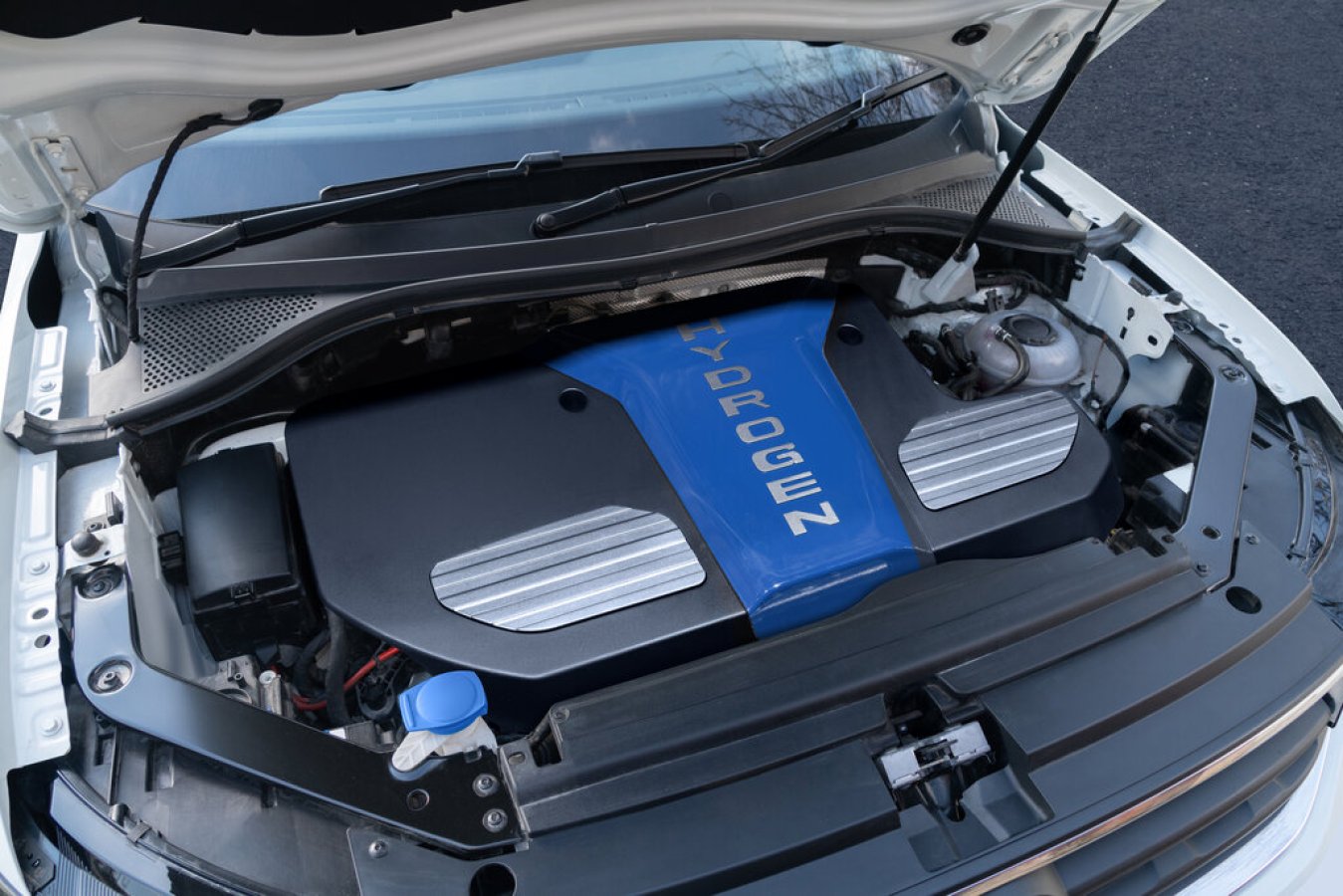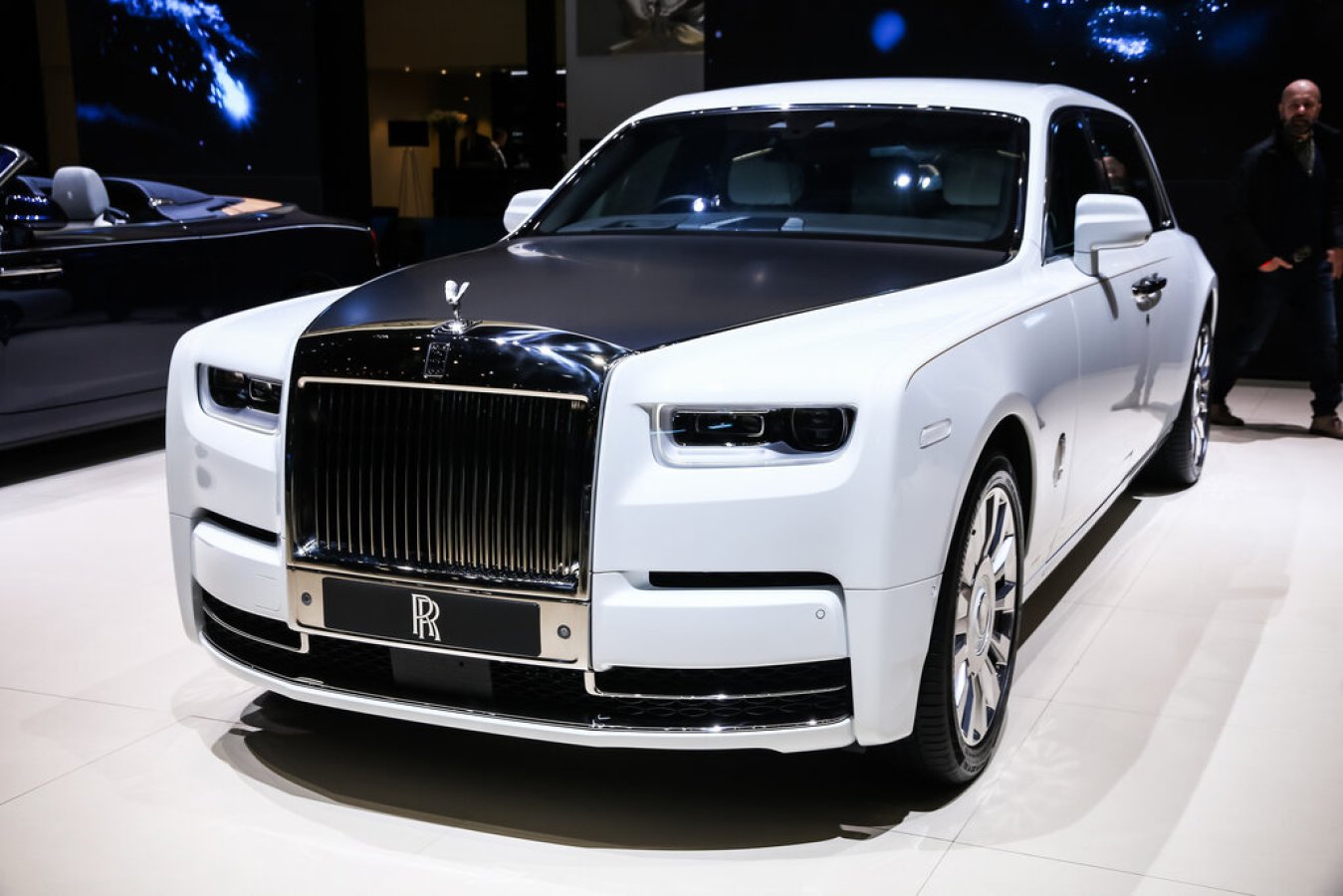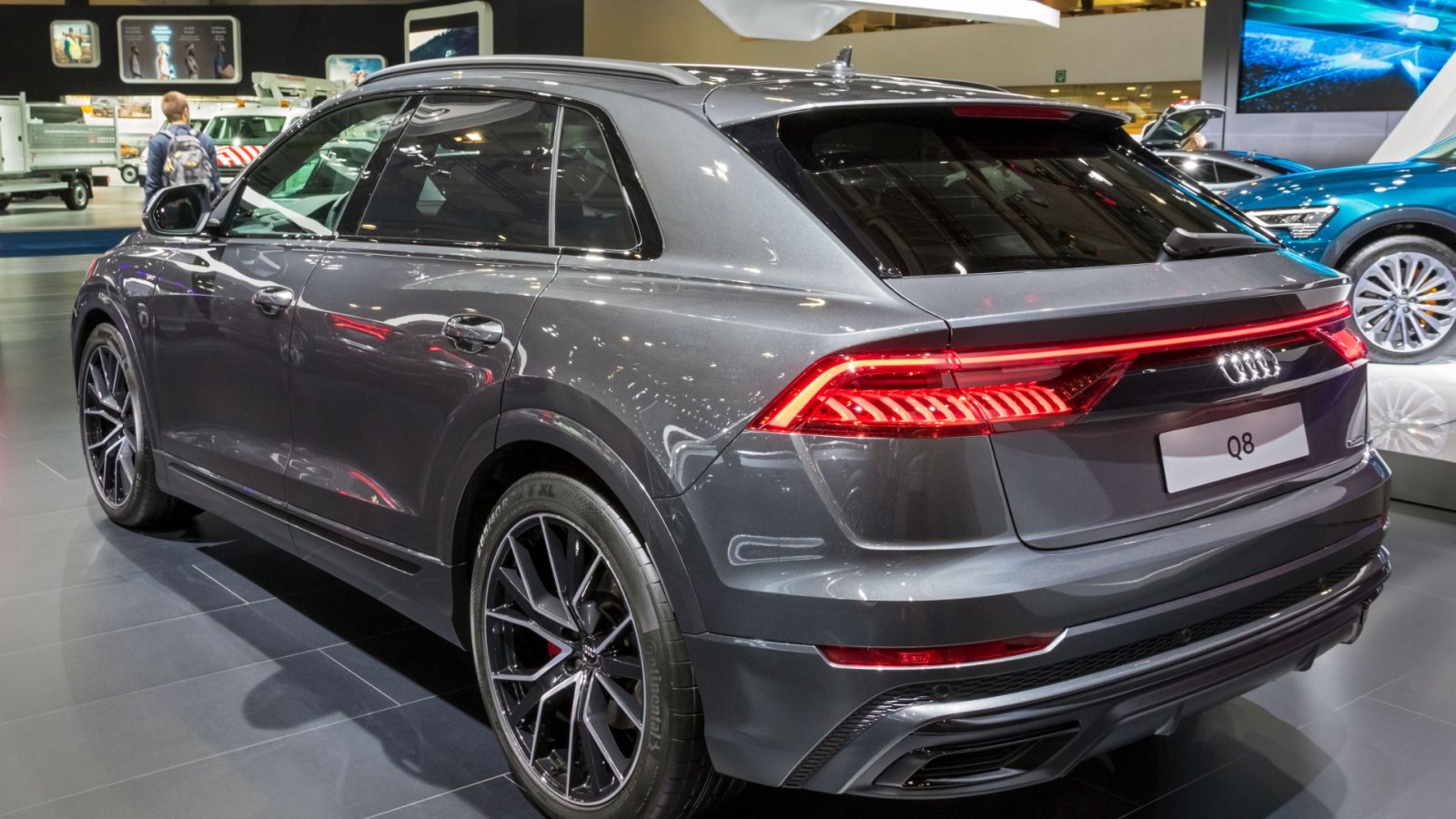If you're not using it yet, you've probably heard of it: hybrid power. What is it? Think about it as using a mix of a combustion engine and an electric engine to enhance fuel economizing and lower emissions. This concept is not new for drivers and has been used on cars ever since 1997 when Toyota Prius was launched. But recently, the concept evolved and it now contains increasingly famous plug-in hybrid prototypes that can run for more extended lengths only on electric power, while still delivering the backup of a diesel or petrol motor.
The mild hybrid system explained
So what does such a system include? It is a fairly affordable and rather uncomplicated technology made to decrease the fuel consumption and CO2 emissions of petrol and diesel cars. Typically, it concerns a small electric generator that substitutes the conventional starter engine and alternator alongside a small lithium-ion battery. The majority of mild hybrids run on a 48-volt electrical system, which is a higher voltage than the electrical designs of conventional combustion motors use. This can power elements that would have formerly been powered by the engine, allowing the latter to perform better.
A mild hybrid system works by delivering just mild electrical assistance to the machine, but not sufficiently for the car to operate only on electric power. However, there are differences between brands, but in general, every mild hybrid system assists the engine under hard acceleration. They also help make its stop-start system softer in function. These systems can also gather energy when you operate the brakes, transforming it into electricity fed to the Lithium-ion battery which in turn provides extra service when needed. The perks? Well, on average, a car with mild hybrid tech can be up to 15% more efficient than a traditional engine car.
An excellent model of mild hybrid systems used to improve the performance and economy of a car is Ford Puma. Indeed, the majority of Ford models are based on mild hybrid technology. According to the brand, this system constantly observes how the car is being driven to determine the intensity with which it should charge the battery or when to aid the motor. Luckily, the system can give the engine an additional 15lb-ft of pulling power. This means the car works better and saves up to 9%. Not all hybrid systems are the same. In fact, there is a broad range of mild hybrid designs, some more refined than others. One of the most innovative has to be found in Audi’s Q8 luxury SUV. This system can improve economizing by operating with the car’s adaptive cruise control system and slowing it as you approach roundabouts or corners.
The advantages of a mild hybrid
For starters, they’re less complex than other hybrids, so in many circumstances, they’re more affordable to buy. Another advantage is that these cars are more comfortable to live with than plug-in hybrids: these need to be charged regularly. If a plug-in hybrid is too pricey or if you don’t have a charger nearby, then you might want to consider a mild hybrid because it is a cleaner option than traditional petrol or diesel. Plus, there is no difference in driving from traditional cars. You will still have your manual gearbox if that's what you like.
There are 3 different types of hybrids:
-
parallel
-
range-extender
-
plug-in
As you will see, each of them works in a different manner.
Parallel hybrids - Toyota Prius is one of the most popular models of this kind of hybrid. You can power the car’s wheels directly by the engine, by the electric motor, or by both together. When driving at speeds of up to 15mph, the Prius uses only the electric engine, making it very economical in the city. The petrol engine takes control once you increase the speed.
But when you use the brakes, the regenerative system gathers electricity and stocks it in the battery. The car can run exclusively on electricity for up to 1.25 miles. The same basis applies to other Toyota models such as Corolla and Yaris.
Range-extender hybrids
One example of a range-extender hybrids is the BMW i3 Range Extender - out of production in 2018. The small petrol motor delivers enough energy to hold the charge in the car’s battery. New examples of range-extender hybrids include Nissan Qashqai and Honda CR-V Hybrid.
Plug-in hybrids
These systems are midway between traditional hybrids and fully electric cars. As the title suggests, they can be plugged into an electrical outlet to recharge the battery. Even though they have traditional motors, they also have bigger batteries than standard hybrids and you can drive them for longer on electric power independently, significantly decreasing expenses.






